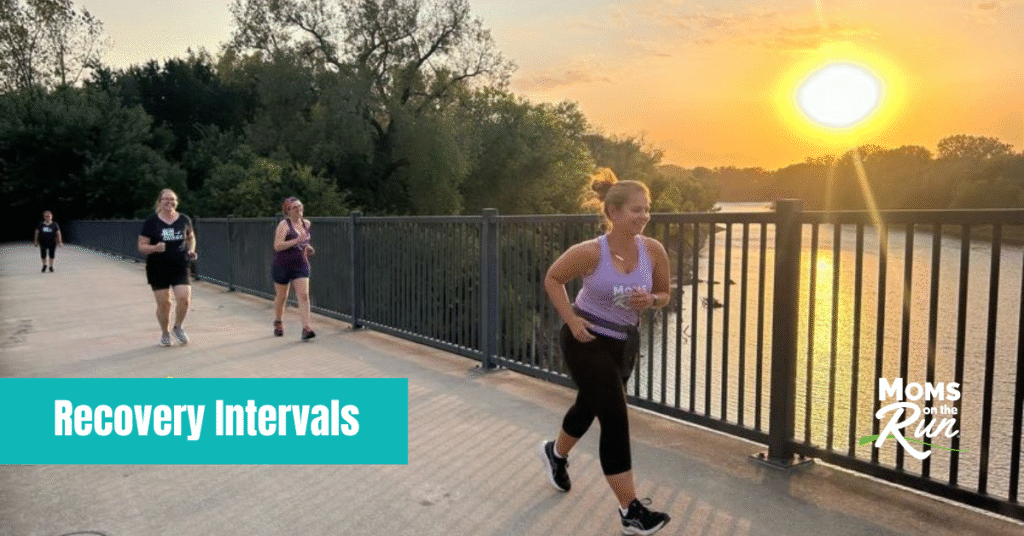For most runners, “interval training” and “recovery” are not words that belong together. When you think about interval training, likely your mind goes directly to the fast, challenging repeats that will define your workout that day. The part of the formula where you put in close to your max effort, and in return will get to push your VO₂ max, improve speed and increase lactate threshold.
But there is another whole aspect to interval training – the opposite intervals! The “lesser impressive” bout in every workout is just as critical to performance gains. These are your recovery intervals. These breaks between high intensity runs or sprints are not simply about catching your breath. They’re a powerful tool that, when used strategically, can make or break the effectiveness of your training.
BENEFITS OF RECOVERY INTERVALS
Recovery intervals help your body and brain reset just enough to allow you to give a quality effort on your next repeat. If your recovery is too short or too fast, you risk building fatigue that causes your pace and form to suffer as the workout progresses. On the flip side, well-paced recoveries help ensure each repeat is done at the target intensity. This maximizes the physiological adaptations you’re aiming for—whether that’s building speed, endurance, or mental grit.
HOW DO YOU PACE RECOVERY INTERALS PROPERLY?
First, it’s important to understand that “recovery” doesn’t usually mean complete rest. Depending on the type of interval workout and your training goal, recoveries may be active (easy jogging or walking) or passive (standing or walking). A general rule of thumb is that the harder the interval, the longer and easier the recovery should be. For example, short sprints (like 200s or 400s at near-max effort) may need 1-2 minutes of walking or slow jogging between reps, while longer intervals (like mile repeats at threshold pace) may call for additional minutes or moderate jogging in between.
Pacing during recovery is just as important as pacing during the fast reps. Many runners make the mistake of running their recovery too quickly, especially in group settings where ego and momentum take over. A good benchmark for pacing recovery jogs is to return to a pace where you could hold a conversation—think 60-65% of your max effort, or even slower. The goal is to lower your heart rate and allow your muscles to flush out some of the built-up lactate, not to sneak in more mileage or time-on-feet at the expense of the next rep.
SHIFTING YOUR MINDSET
One useful mindset shift is to view the recovery as part of the workout, not a break from it. It’s a planned, purposeful element that helps you execute the work with precision. You’re not slacking during recovery—you’re setting up the next successful interval. If your recoveries feel too easy, that’s a good sign you’ll be able to hit your target paces when it matters most.
Remember, the purpose of intervals is not just to practice running fast. It’s to practice running fast consistently, which is a key outcome for endurance runners. Well-paced recoveries are what allow you to maintain quality across the full session. As you become more experienced, you’ll start to tune into your body and know when you can shorten the recovery or when you need a little more time to hit your paces. For an additional perspective on how to determine recovery pacing, please learn more from Laura Norris Running.
Interval training becomes more enjoyable when you place equal emphasis on the parts that aren’t so HARD! So, next time you hit the track or trail for an interval workout, give your recovery intervals the respect they deserve. Think of them as your pit stop: efficient, intentional, and essential to a strong finish.
